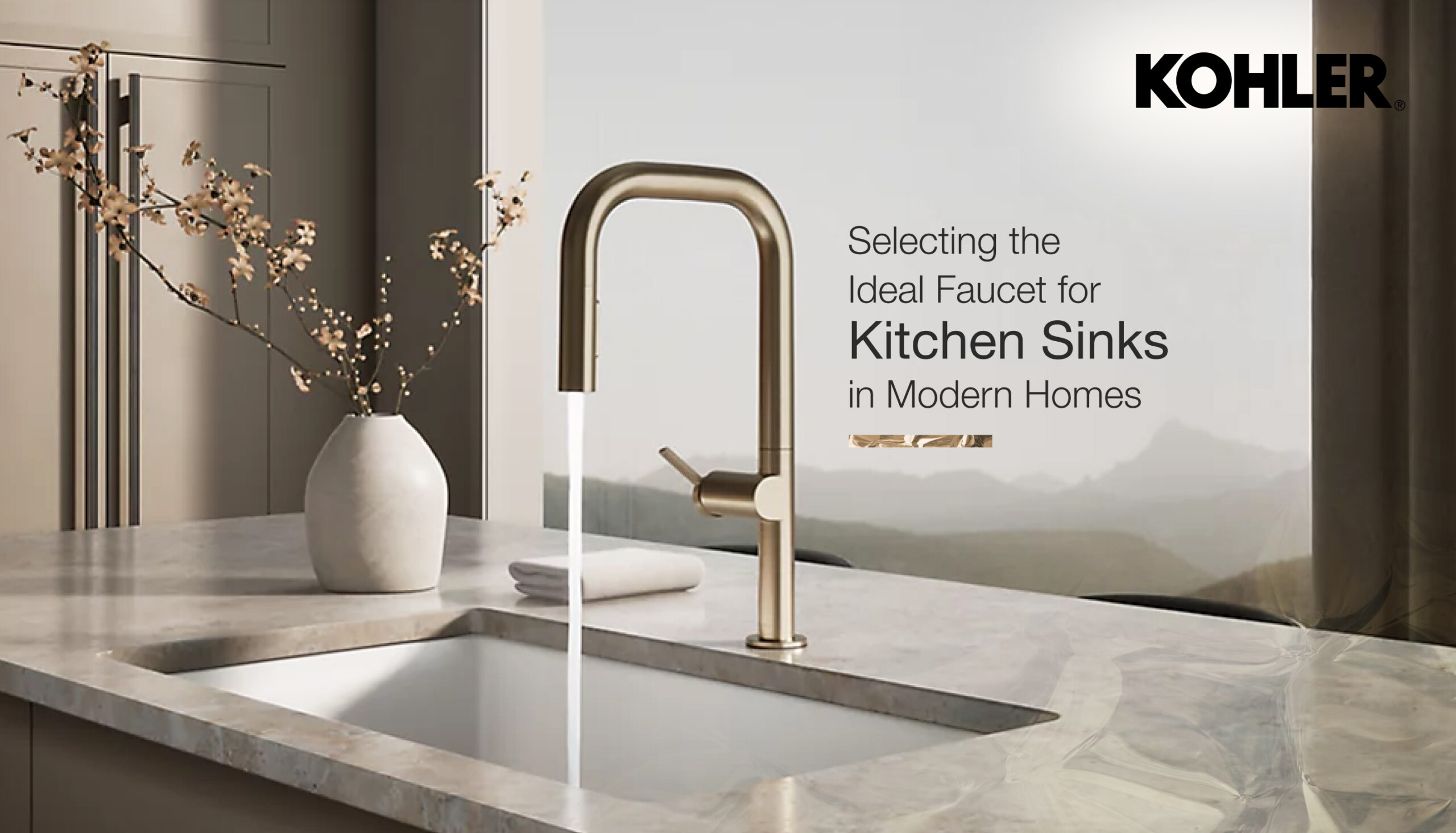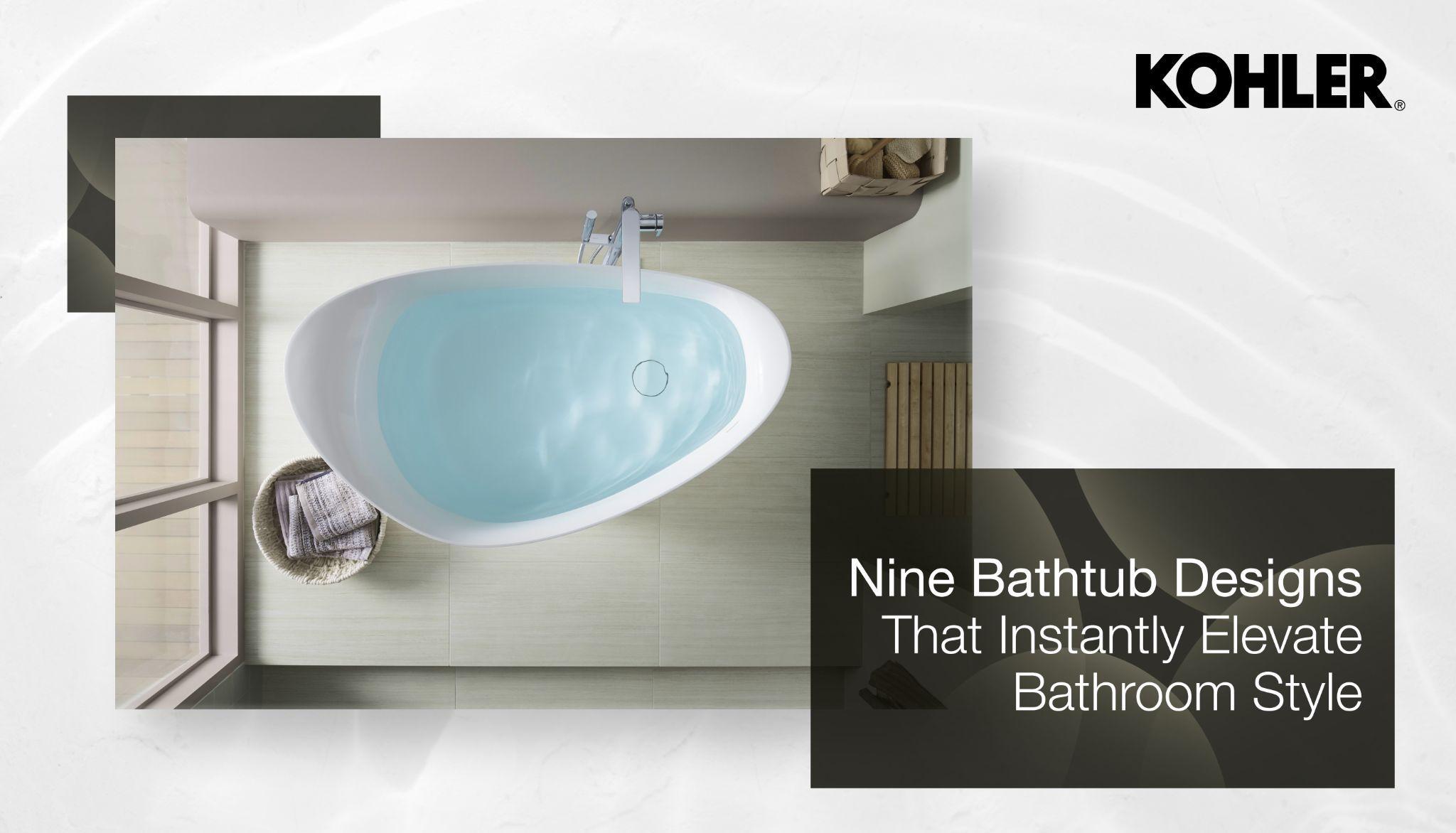A well-designed bathroom is never merely functional. It is a composition of form and atmosphere, an environment of repose. Among its many elements, the bathtub remains the singular object that anchors both visual harmony and sensory indulgence. When chosen with precision, a bathtub elevates space into the sanctuary, balancing architectural presence with tactile satisfaction. The process of selection, however, demands more than preference; it requires discernment.
The Role of the Bathtub in Contemporary Design
The bathtub in today’s design landscape stands as a primary architectural element rather than merely functional equipment. Positioned prominently within bathrooms, these fixtures often serve as compositional focal points around which the space finds balance. Modern design approaches have transformed bathtubs into refined objects where form holds equal importance to function, their profiles influencing both spatial flow and atmospheric quality.
Few components in modern bathrooms deliver such effective combinations of structural significance and aesthetic harmony. Premium bathtubs establish more than comfort parameters; they create rhythmic presence within interiors. Through either curved, organic forms or disciplined geometric lines, these elements connect naturally with surrounding material selections, reflecting available light, complementing adjacent surfaces, and completing spatial narratives with sophisticated coherence.
Understanding Bathtub Types
Clarity in selection begins with classification. Contemporary bathtubs fall into several principal types, each serving a distinct purpose within the design language of the bathroom.
Freestanding Bathtubs
A statement of independence and spatial freedom. With no attachment to walls or enclosures, this type draws the eye naturally. Ideal for large, open floor plans where presence is as important as function.
Alcove Bathtubs
Positioned snugly between three walls, these offer a space-efficient solution while retaining elegance. Practical yet visually contained, they suit compact urban apartments and minimalist interiors.
Drop-in Bathtubs
Installed within a custom frame or platform, these create a seamless, integrated look. The surrounding structure may incorporate marble, granite, or wood finishes to match broader design themes.
Corner Bathtubs
Designed to maximise otherwise unused space. Often symmetrical, these types favour form over minimalism and are commonly equipped with hydrotherapy features.
Undermount Bathtubs
Similar to drop-ins but with the deck built over the rim, these deliver a smooth surface transition and a low visual profile, suitable for sleek, horizontal design environments.
These bathtub types come in diverse materials, from glossy acrylics and substantial cast iron to refined stone composites, among others. Each brings its own character to the bathing experience, affecting not just how the surface looks and feels but also how it maintains warmth and withstands years of use.
Luxury Bathtubs as a Design Anchor
When positioned with care, a luxury bathtub becomes the room’s compositional fulcrum. Its placement dictates circulation patterns and informs the alignment of other bathroom accessories. A Kohler bathtub, known for its mastery of form and material, integrates engineering finesse with sculptural integrity. Whether carved for one or designed for two, the silhouette of a premium tub reflects the broader architectural rhythm of its surroundings.
Luxury is not defined by ornamentation but by cohesion between form, function, and feel. In this light, the bathtub transforms into an object of architectural resonance rather than mere convenience.
Related Link: Bathtub price in Bangladesh: Your 2024 Shopping Manual
Considerations of Scale and Proportion
No selection should proceed without a detailed understanding of available space. Proportion governs both visual balance and physical comfort. Oversized tubs in narrow rooms create tension; small tubs in expansive spaces seem adrift. Measurement, therefore, becomes essential, not only of the floor plan, but of sightlines, ceiling height, and adjacency to windows or feature walls.
Depth also demands attention. A deep soak tub provides a fuller immersion experience but may require heightened accessibility considerations. Ergonomics, including backrest angle and interior contouring, influence the body’s natural repose within the tub.
Lighting, Texture, and Surround
Modern bathrooms treat tubs as part of a whole system of surfaces, light, and shadows. Placing baths near frosted windows or under skylights creates a peaceful feeling. Small wall alcoves, gentle lighting strips, or hanging lamps highlight the tub’s shape without becoming too much for the balanced space.
Texture further refines the sensory experience. Polished stone, matte tile, brushed metal, each provides a counterpoint to the bathtub’s finish. These contrasts frame the fixture, enriching the visual layering of the room.
The Influence of Bathtub Price on Selection
Bathtub price spans a wide spectrum, guided by material, design complexity, installation requirements, and brand heritage. A higher price often reflects superior surface finishes, longer thermal retention, integrated features like hydrotherapy or chromatherapy, and design exclusivity.
In discerning the true value, one must consider longevity, ease of maintenance, and alignment with overall bathroom vision. A cost-effective unit that disrupts spatial harmony is ultimately more expensive than a premium installation that completes the aesthetic language of the space.
Related Link: 5 Modern Bathtub Designs to Transform Your Bathroom Experience
Integration of Bathroom Accessories
The success of a bathtub lies in its interaction with peripheral elements. Fixtures such as floor-mounted fillers, deck-mounted taps, and handheld sprays must echo the design ethos of the tub. Even towel racks, storage niches, and flooring materials influence perception. When every element is deliberate, the room becomes an immersive environment, not a collection of parts.
Kohler’s curated range of bathroom accessories, when paired with its bathtubs, ensures aesthetic continuity and functional synergy. The result is a room that behaves as a unified composition, where use enhances beauty.
The Silent Centre of the Modern Bath
In the rhythm of modern interiors, the bathtub is no longer a silent fixture but a statement of presence, proportion, and personal sanctuary. Choosing the right bathtub involves more than style preference or cost calculation. It is a question of architectural harmony, spatial intent, and sensory design. Each decision, from bathtub type to material, placement to accessories, must reflect the unique character of the space it inhabits.
Whether minimal or majestic, restrained or opulent, the ideal bathtub brings balance to the bathroom’s composition. It transforms routine into ritual, architecture into atmosphere. With clarity of purpose and a refined eye, the perfect choice becomes inevitable.
FAQ
What are the most popular contemporary bathtub styles?
Modern bathrooms often feature freestanding tubs, drop-ins and undermounts as top choices. These designs vary from bold visual statements to subtle built-in elements.
How do I choose the right contemporary bathtub style for my bathroom?
The selection process depends largely on available space constraints. Spacious bathrooms accommodate freestanding models effectively, allowing for necessary circulation around the fixture. More compact environments often benefit from alcove or drop-in varieties. Consideration of shape, dimensions, and materials ensures harmony with existing bathroom elements, creating a cohesive aesthetic without dissonant elements.
What are the benefits of freestanding bathtubs in modern bathrooms?
Freestanding designs contribute significantly to spatial openness while providing sculptural interest. Their independent positioning allows for strategic placement – adjacent to windows, beneath skylights, or as central visual anchors. Without requirements for wall attachment or built-in installation, these models offer enhanced layout versatility and improved room flow.
Are contemporary bathtubs more expensive than traditional ones?
Price points typically run higher for contemporary models. This cost differential reflects advanced material technology, refined finishing techniques, and current design aesthetics. The investment generally proves worthwhile beyond mere appearance, delivering superior durability, enhanced comfort levels, and seamless design integration. Many consider such purchases valuable long-term investments in property value and daily comfort experiences.



